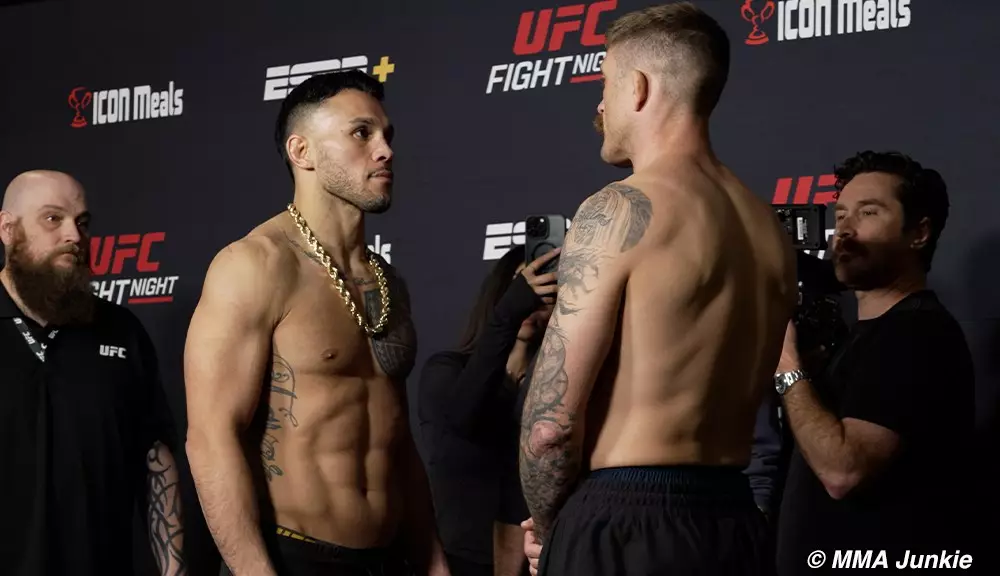The world of Mixed Martial Arts (MMA) often highlights the fierce brutality of competition, yet it’s becoming increasingly essential to spotlight the financial frameworks supporting the fighters themselves. A prime example unfolded during the UFC on ESPN 65 event, which generated a total UFC Promotional Guidelines Compliance payout of $161,000. This program serves as a modern approach to ensuring that fighters are compensated fairly for not just their performances inside the octagon but also for their adherence to promotional, media, and outfitting requirements.
The Evolution of Fighter Payments
Gone are the days when fighters were merely compensated per bout with scant regard for their promotional roles. The UFC Promotional Guidelines Compliance program replaces the older Athlete Outfitting Policy, indicating a significant shift toward recognizing a fighter’s multifaceted contributions to the sport. By establishing various payment tiers based on experience—ranging from $4,000 for newcomers to a hefty $32,000 for champions—the UFC is redefining how fighters perceive their worth. Furthermore, the consideration of fights in the Zuffa era, whether in the WEC or Strikeforce, adds layers of inclusivity, celebrating the careers of fighters who once were outside the UFC’s limelight.
Breakdown of Fighter Earnings
In examining how payments are allocated across the board, it’s interesting to note the disparity that remains. For instance, champions receive not just more substantial baseline earnings but also additional royalty payments amounting to 20-65% of merchandise sales featuring their likeness. This initiative promotes not only fighter branding but also a sustainable income model that benefits them long after their fighting days.
Consider the payouts from UFC on ESPN 65: winners like Brad Tavares and Ode Osbourne secured commendable amounts, yet many fighters garnered only $4,000 or $6,000. While such earnings may seem insufficient at first glance, the potential for royalties and future increases within the payout structure offers a tantalizing glimpse into long-term financial benefits, transforming these amounts into stepping stones rather than dead ends.
The Role of Sponsorships and Merchandising
Sponsorship and merchandising are crucial components in this financial ecosystem. The sponsorship agreement with Venum not only directly funds the payouts but also serves as a catalyst for broader revenue-sharing discussions. Fighters are becoming more reliant on their personal brand, leading to a more entrepreneurial approach to their careers. The tiered payout structure incentivizes fighters to engage more actively with fans and media, thus enhancing their marketability.
This evolving landscape is worth scrutinizing as it reflects broader changes in sports finance, shifting from a one-dimensional view of athlete pay to a more comprehensive model that recognizes their personal efforts and contributions.
While these policies present an optimistic viewpoint on fighter remuneration in the UFC, they also serve as a reminder of the growing complexity within sports contracts. As the UFC continues to innovate with its payout structures, the potential for financial empowerment for all fighters remains evident. The ongoing challenge will be to ensure that all fighters, regardless of their experience level, have access to the resources they need to thrive both professionally and financially.

